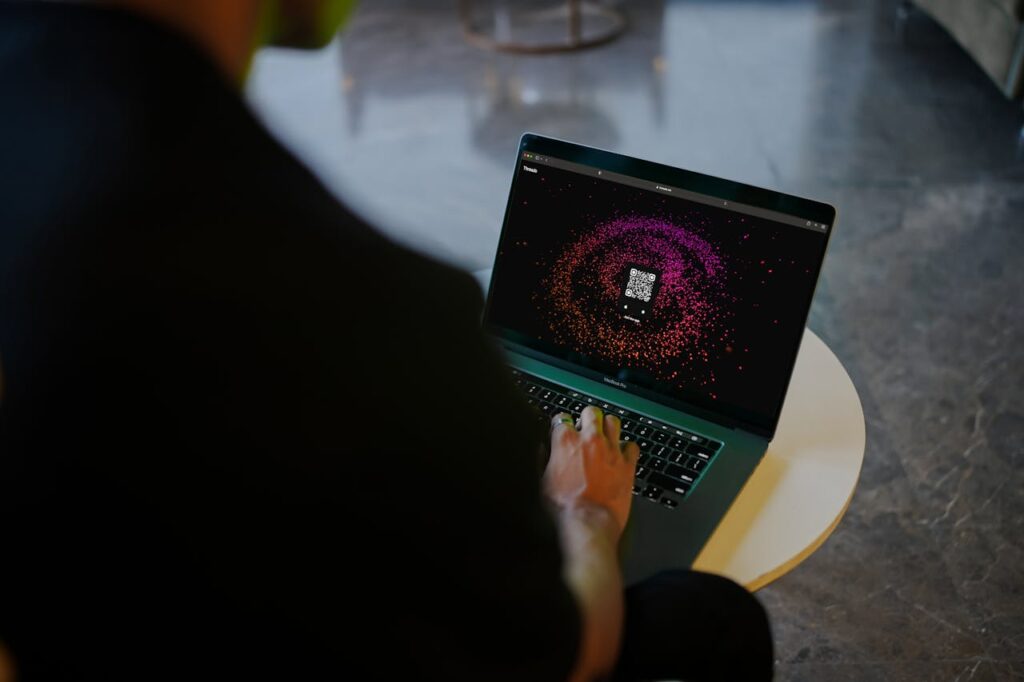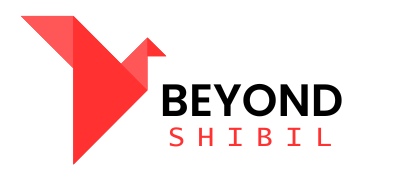Free Wi-Fi is a modern convenience we’ve all come to rely on. Whether you’re sipping coffee at a café, waiting for your flight, or staying at a hotel, that little Wi-Fi symbol can feel like a lifesaver. But here’s the thing—while free Wi-Fi keeps you connected, it can also open the door to serious risks that you might not even notice. Let’s take a closer look at what’s really going on behind the scenes and how you can stay safe while browsing on the go.

Why Free Wi-Fi Can Be Risky ?
- Man-in-the-Middle Attacks : Imagine you’re sitting at your favorite café, catching up on emails. Without you realizing it, a hacker could be sitting nearby, intercepting your data through what’s called a man-in-the-middle (MITM) attack. Essentially, they place themselves between you and the network, reading everything you send and receive. Scary, right?
- Your Data, Up for Grabs : Public Wi-Fi networks often lack proper encryption. This makes it easy for cybercriminals to snoop around and steal sensitive information, like your login credentials or credit card details. Even something as simple as checking your bank balance could put you at risk.
- Fake Wi-Fi Networks : Here’s a sneaky trick hackers love: setting up fake Wi-Fi hotspots that look legit. You might think you’re connecting to “Airport Free Wi-Fi,” but in reality, it’s a trap. Once you’re on their network, they can monitor everything you’re doing.
- The Malware Trap : Ever clicked on a strange pop-up while connected to public Wi-Fi? Hackers can use these networks to inject malware into your device. From spyware to ransomware, the consequences can be devastating.
How to Protect Yourself ?
- Get a VPN (Virtual Private Network) : If you haven’t already, consider using a VPN. It encrypts your internet connection, making it nearly impossible for hackers to see what you’re up to. Think of it as a secure tunnel between you and the online world.
- Avoid Sensitive Transactions : Save the online banking and shopping for when you’re on a secure network. Public Wi-Fi is not the place to be entering your passwords or payment details.
- Check Before You Connect : Always verify the network name with the staff at a café or airport before connecting. It’s a simple step that can save you a lot of trouble.
- Turn Off Auto-Connect : Your phone or laptop might automatically connect to nearby Wi-Fi networks. Disable this feature to avoid joining unsecured networks without realizing it.
- Keep Your Software Updated : I know it’s tempting to click “Remind Me Later,” but those updates often include important security fixes. Keeping your devices updated can protect you from known vulnerabilities.
- Look for HTTPS : When browsing, always check that the website address starts with “https://.” That little “s” means the site is secure and encrypts your data.
- Enable Two-Factor Authentication (2FA) : Even if someone gets their hands on your password, 2FA adds an extra layer of protection by requiring a second form of verification.
Public Wi-Fi is a playground for hackers; protect yourself or risk becoming their next target
– Kevin Mitnick, Cybersecurity Expert
Final Thoughts !
Free Wi-Fi is convenient, no doubt about it. But convenience often comes with a cost your online safety. By taking a few precautions, you can enjoy the benefits of staying connected without putting your personal information at risk. Remember, it’s not about being paranoid; it’s about being prepared.
So, next time you’re tempted to connect to a free network, pause for a moment. Is it worth the potential risks? A little caution now can save you from a lot of headaches later. Stay smart, stay safe, and browse with confidence.
Discover more from Beyond Shibil
Subscribe to get the latest posts sent to your email.





